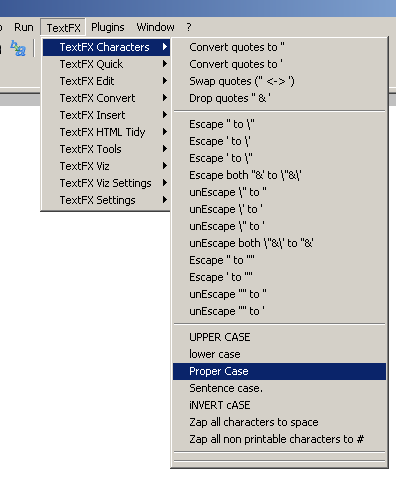தனிமை என்பது கொடுமை என்று பலரும் எண்ணுகின்றனர். ஆனால், உண்மையில் தனிமை ஓர் சிறந்த ஆசான். வாழ்க்கையை பற்றிய சரியான, உண்மையான பாடங்களை கற்றுக் கொடுப்பதே தனிமை தான். தனிமை ஓர் சிறந்த நண்பன். உங்கள் மீது உண்மையான அன்பு செலுத்துபவர்கள் யார், உங்களிடம் நேர்மையாக நடந்துக் கொள்பவர்கள் யார் என்பதை தனிமை தான் உணர்த்துகிறது.
நீங்கள் தனிமையில் இருக்கும் போது அல்லது தனிமையில் தள்ளப்பட்டிருக்கும் சூழலில் தான் நீங்கள் தான் உங்களது சிறந்த நண்பர் என்பதை உணர முடியும். தனிமை தான் உங்களுக்கு எதையும் கையாள முடியும், கையாள முடியாத நிலை என்று எதுவும் இல்லை என்று கற்றுக் கொடுக்கிறது.
உங்கள் மகிழ்ச்சி பிறரை சார்ந்தது அல்ல என்பதை நீங்கள் உணரும் தருவாய் தனிமை. மற்றும் உங்கள் மகிழ்ச்சி மற்றவரது கைகளில் இல்லை என்பதையும் தனிமை உங்களுக்கு கற்றுக் கொடுக்கிறது. உங்கள் வாழ்க்கை சிறக்க நீங்கள் தான் முடிவெடுக்க வேண்டும் என்பதை தனிமை மட்டுமே கற்றுக் கொடுக்கும்.
நீங்கள் விரும்பும் செயல்களை மற்றவர்களின் துணை அல்லது உதவி இன்றி நீங்களே செய்து முடிக்க முடியும் என்ற ஊக்கத்தை தனிமை தான் அளிக்கிறது. தனிமை உங்களுக்கு அளிக்கும் மிகச்சிறந்த பரிசு, அமைதி மற்றும் பொறுமை. இவை இரண்டும் உங்களை வாழ்க்கையின் அடுத்தக் கட்டத்தை அடைய உதவியாக இருக்கும். உண்மையான உறவுகளை இணைக்கும் பாலம் தான் தனிமை. இது, உங்கள் பெற்றோர், நண்பர்கள் மத்தியில் ஒன்றிணைந்து செயல்பட உதவுகிறது.

